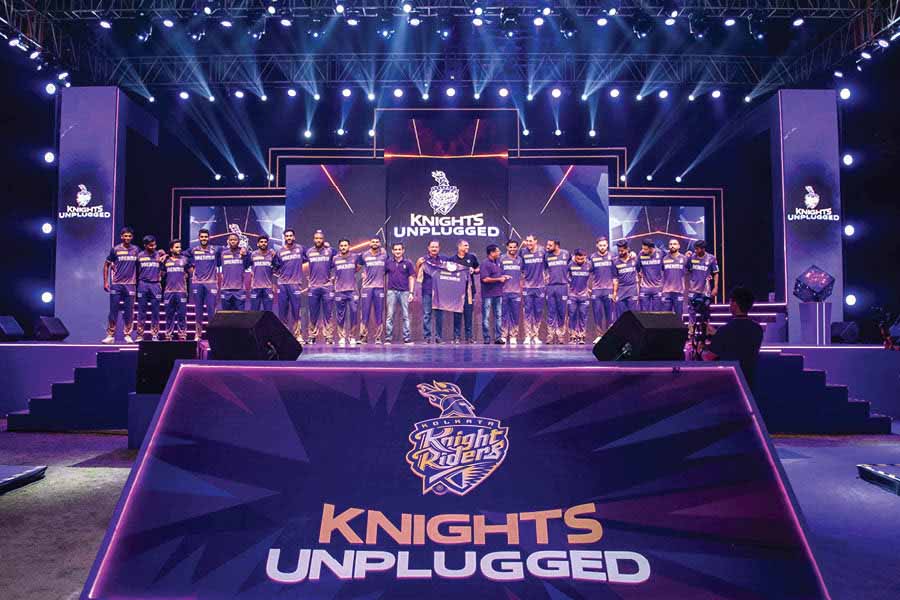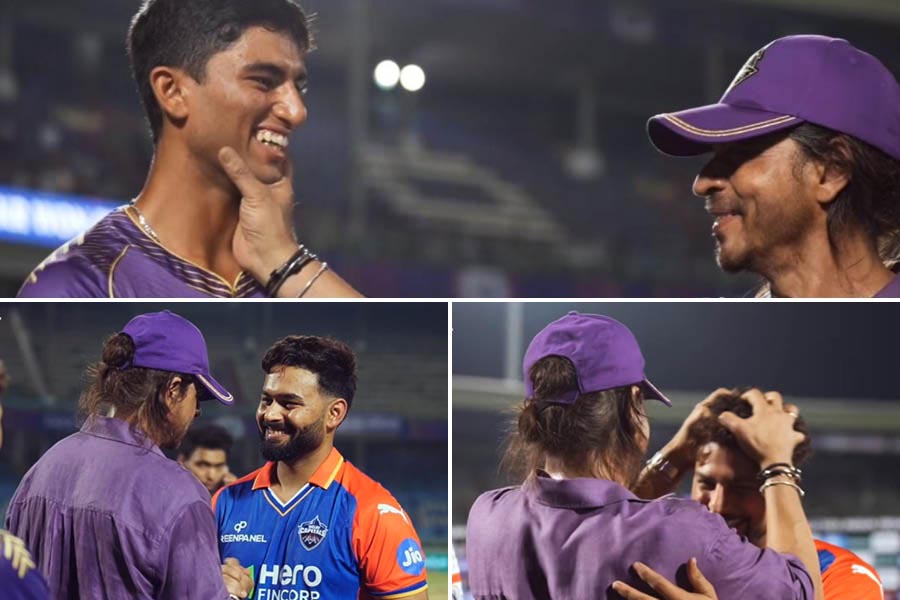Red and blue may be on opposite ends of the visual spectrum, but they frequently come together on the kits of sports teams to memorable effect. From Barcelona in football to Red Bull Racing in Formula 1, the two colours usually gel well together in communicating the dynamism of high-octane sports. This year’s IPL seems to have developed a particular fascination for this combination, with red and blue (in various patterns and proportions) adorning the kits of no less than three teams, with other shades of blue featuring on the threads of four more sides. For all the IPL’s focus on spectacle and brand building, its attention to colours (both their variety and consistency) remains disappointingly low, something that could be a factor in shaping its long-term identity and fandom.
A confusion of colours
When the Royal Challengers Bengaluru (RCB) took on the Punjab Kings (PBKS) at the M. Chinnaswamy Stadium on March 25, neutrals would have been forgiven for failing to distinguish between the two teams at first glance. Both were decked out in red and blue, with RCB ditching the black that had served them well (at least in terms of optics) for the last few seasons. For Punjab, blue seemed just as unnecessary, given their all-red (with streaks of gold) look from last season. Red and blue are also the colours of choice for the Delhi Capitals (DC), who can, at least, claim to have stuck to the colour code since the IPL’s infancy.
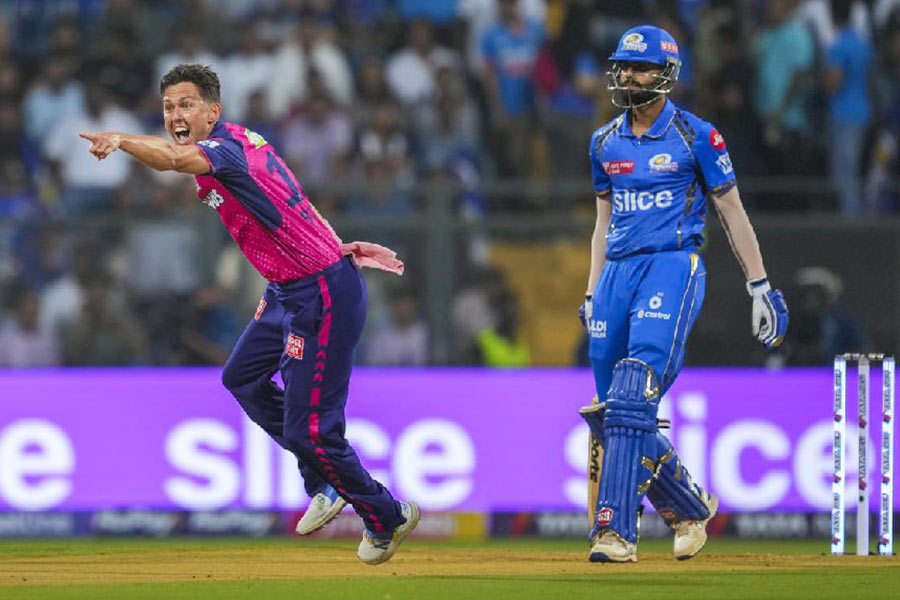
MI and RR are among the teams who deck up in blue for every game TT archives
Look elsewhere and blue continues to reign supreme. Mumbai Indians (MI) have been wearing blue (moving from lighter to darker over time) since the IPL debuted in 2008. The same holds true for the Rajasthan Royals (RR), who also infused pink into their kits to lend some freshness a while back. In 2022, when the IPL returned to being a 10-team tournament, with the addition of the Gujarat Titans (GT) and the Lucknow Super Giants (LSG), one would have expected some new colours to be introduced, too. But GT poured blue all over those hopes by choosing a deep navy shade (no revival of the spunky orange worn by the erstwhile Gujarat Lions), while LSG began with an eye-popping turquoise outfit, before settling for another insipid version of dark blue.
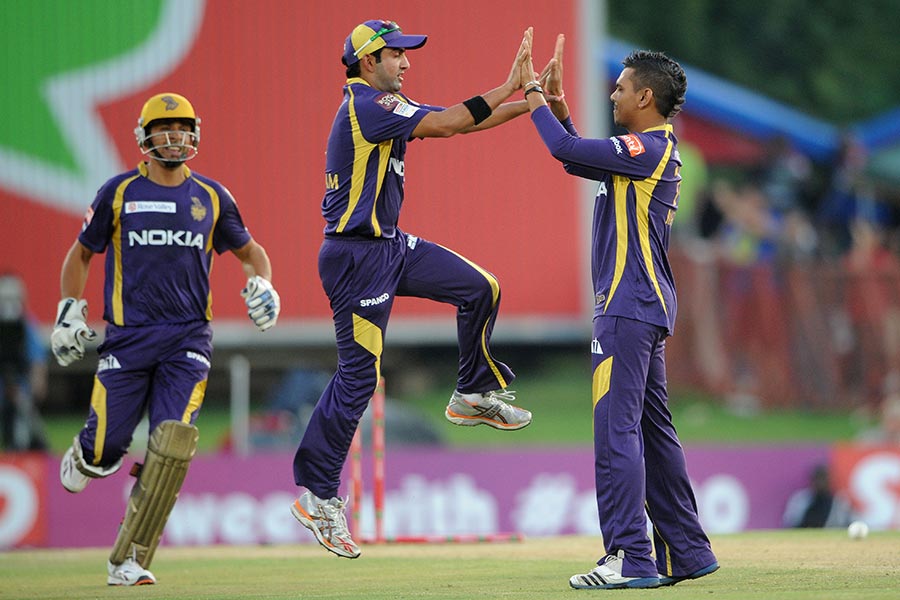
KKR have stuck to purple and gold since 2010 Getty Images
Compared to the sea of blue, three franchises have stood out for being more imaginative. Chennai Super Kings (CSK) have put their faith in yellow from the get-go, with the colour becoming as synonymous with CSK as Mahendra Singh Dhoni. Having started out with a dazzling pairing of black and gold, the Kolkata Knight Riders (KKR) switched to purple and gold in 2010, which has endured rather favourably since. And then there are the Sunrisers Hyderabad (SRH), who have mixed and matched orange and black in curious (if not always aesthetically pleasing) ways since 2014, one year after hopelessly flirting with orange and grey.
Shades of significance

The New York Yankees jersey has become a byword for American culture Getty Images
At this point, you might be wondering what the fuss is all about. So what if most IPL teams do not have a wardrobe expert on their ever-expanding payroll? After all, cricket, unlike football, hockey or basketball, does not require players to wear distinctly different jerseys. But nor does baseball, and yet, the kit of the New York Yankees is arguably the most iconic piece of sports attire in the world, a byword for American culture. Not least because it has been largely consistent over decades, allowing fans, from the diehard to the casual, to derive a sense of association and identity. This consistency comes down to the very shade of white that goes into the Yankees’ shirt, which is noticeably different from the white that defines, say, Real Madrid. Similarly, the red of Manchester United is not the same as the red of Liverpool or Arsenal. No wonder Sir Alex Ferguson used to sit with United’s kit makers before every campaign to ensure that they put the ‘right’ version of red for the Red Devils to trot out in.
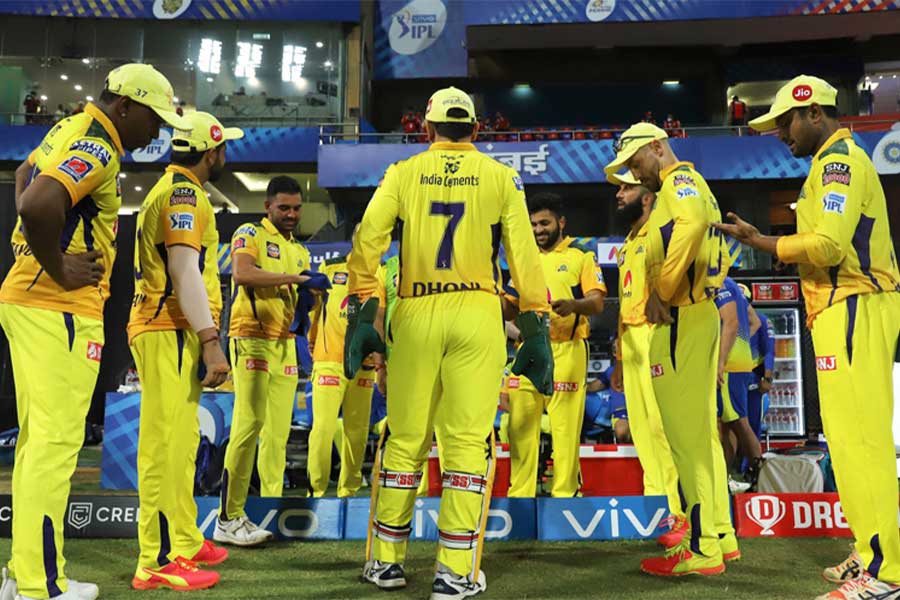
CSK and their mustard yellow kit has barely changed over the years TT archives
In an age where sports, fashion and commerce are more interlinked than ever before, IPL franchises would be naive to undersell the potential of their colours. Apart from CSK, practically no IPL side has trademarked its shade of a particular colour. The mustard yellow of Dhoni and Co. has looked and felt the same (with minor alterations) for 17 years, playing its part in the myth-making of the tournament’s joint-most successful team. So much so that it would not take an ardent CSK fan to distinguish between the yellow of CSK and that of the Australian cricket team or the Brazilian football team.
The IPL seems set to roll on as a rather colour-constrained juggernaut

GT celebrating their 2022 title in their deep navy blue kit TT archives
Not all kits, of course, manage to build a brand by virtue of their looks. Just ask Tottenham Hotspur. But they certainly improve the visual experience of consuming sports, more so when the competition in question continues uninterrupted for the best part of two months as in the case of the IPL. Ask yourself, would it not be refreshing to see a team turn up in green (political commentators may argue why that is not possible in the IPL anymore) or march out in black? Yes, some select fixtures will have teams wearing ‘away’ kits, as when LSG impersonate Mohun Bagan or RCB pay their annual homage to the environment. But, on the whole, the IPL seems set to roll on as a rather colour-constrained juggernaut.
To make matters more dull for the eyes, there is the barrage of sponsors that an IPL kit has to tolerate. On average, an IPL kit has no less than six to seven sponsors, filling up every little inch of real estate that fabric can provide. This extends to sponsors on the cap, too, often leaving no space for the kit makers to showcase themselves. At this rate, IPL kits will soon resemble NASCAR vehicles, in another triumph of capitalism over sports.
All said and done, asking for a more colourful IPL is probably wishful thinking. Investing in a unique colour takes passion and perseverance, with no foolproof formula for profit. Most IPL teams, desperate for the next viral reel, have little time for that.

